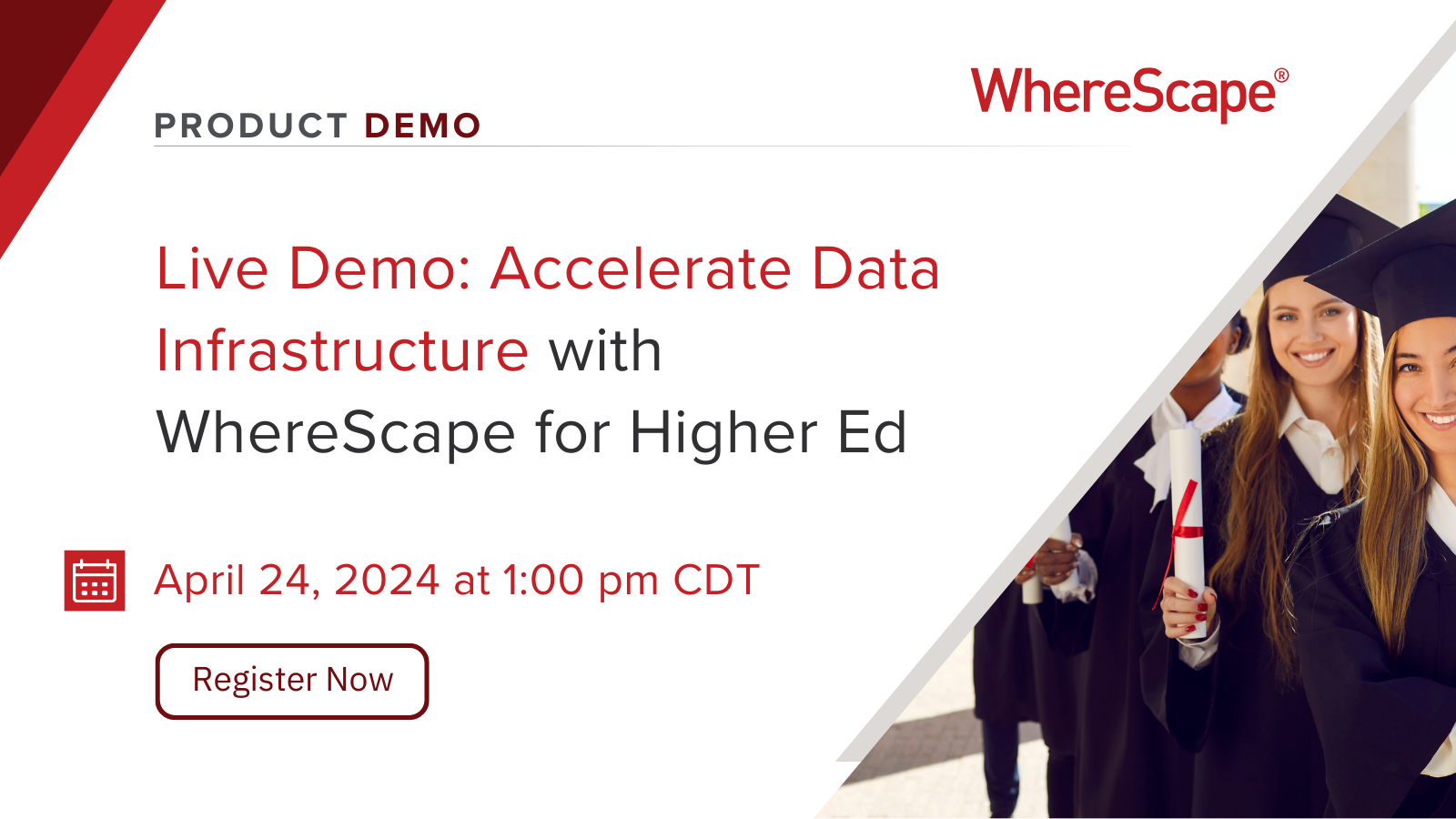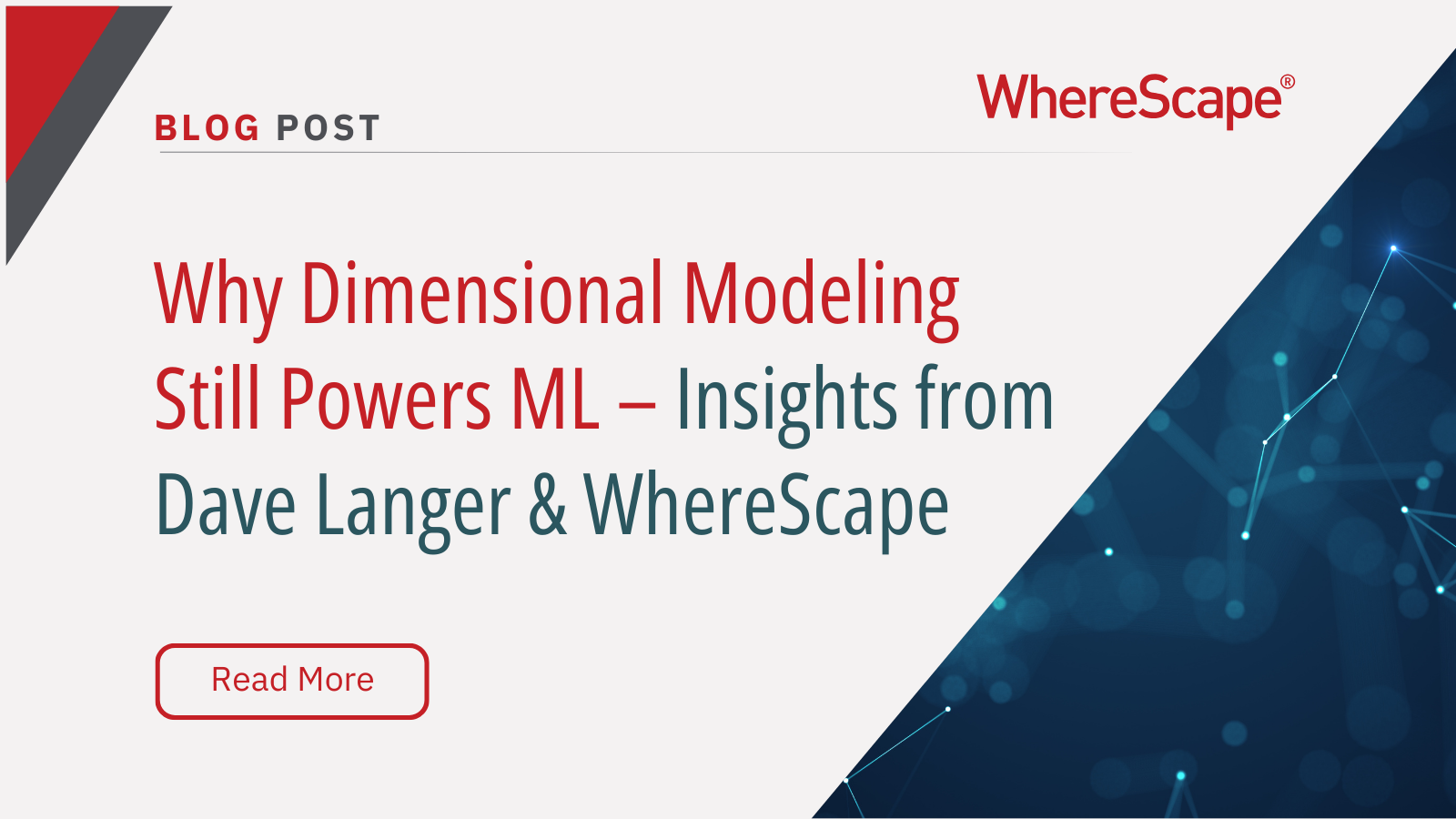Join us for a 60-minute live demo of...
2025 Data Automation Trends: Shaping the Future of Speed, Scalability, and Strategy
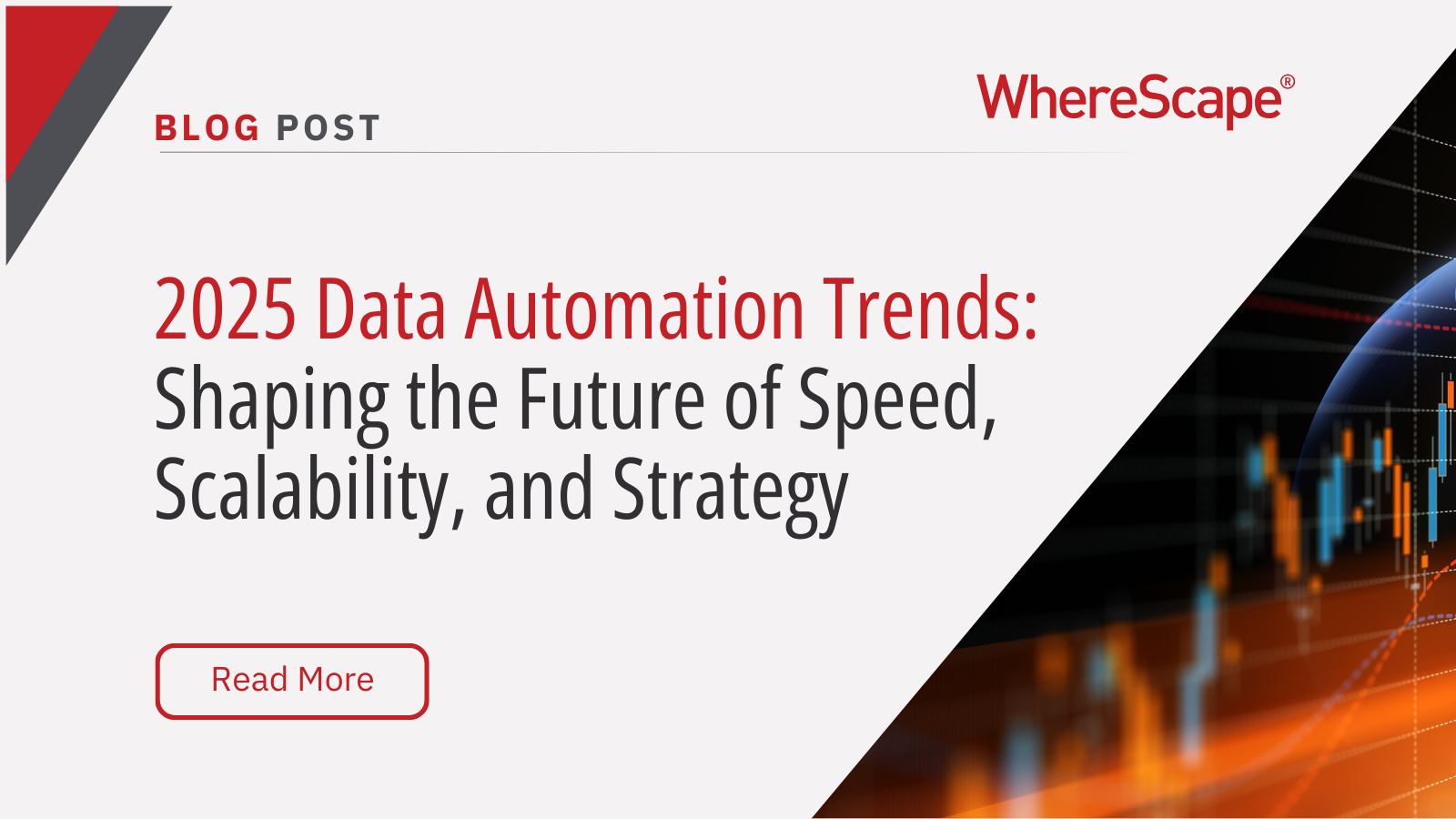
As we step into 2025, data automation isn’t just advancing—it’s upending conventions and resetting standards. Leading companies now treat data as a powerful collaborator, fueling key business decisions and strategic foresight. At WhereScape, we’re tuned into the next wave of shifts set to redefine what’s possible in automation. Here’s a look at the trends primed to shape the future this year.
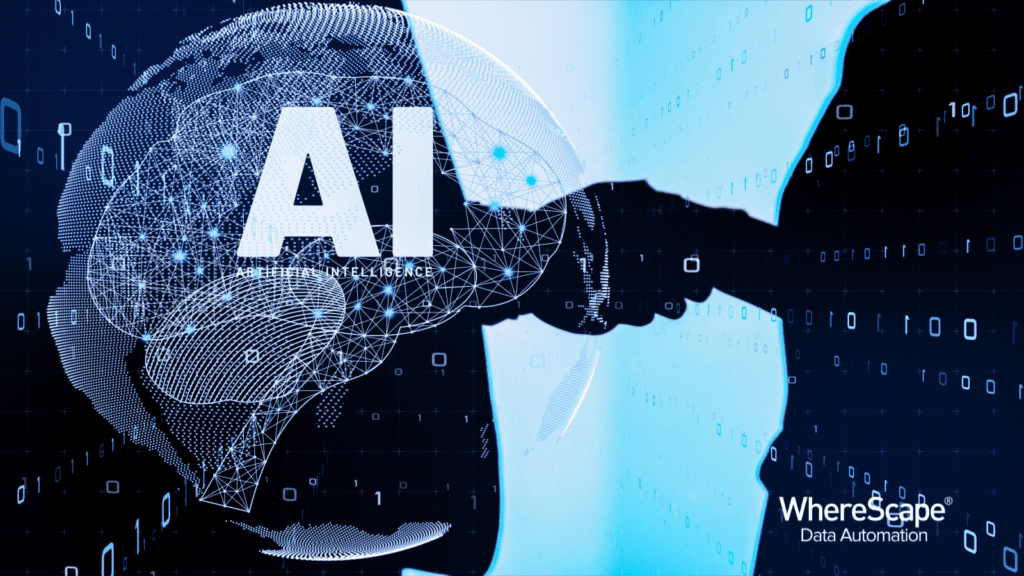
1. The Evolution of AI-Driven Data Automation
AI and machine learning (ML) are more than just trend-worthy technologies—they’re cornerstones of next-gen data automation. AI-driven automation tools are stepping in to manage vast amounts of data with greater speed, precision, and autonomy. According to Gartner’s 2024 CIO Survey, over 65% of organizations plan to increase AI investments in data processes by 2025. This surge highlights a new frontier in data automation, where complex decision-making can happen in real time without human intervention, allowing companies to focus on innovation rather than infrastructure management.
AI-based data automation is enabling smarter data ingestion, optimized ETL (Extract, Transform, Load) processes, and automated data governance—a leap from traditional manual management. WhereScape’s automated code generation minimizes human coding errors by standardizing and validating scripts, creating a cleaner, more reliable data pipeline. This consistency enhances data quality and functionality, making it an ideal foundation for AI applications that depend on accuracy and stability.
2. Real-Time Data Streaming and Processing
The demand for real-time insights has become paramount, especially in sectors like retail, finance, and healthcare, where split-second decisions drive outcomes. In 2025, [we] expect a continued emphasis on real-time data streaming. Platforms like Apache Kafka and Amazon Kinesis are setting new standards by allowing companies to process and analyze data streams as events occur, rather than waiting for traditional batch processing.
This means that customers using WhereScape’s automation solutions can integrate with streaming platforms to dynamically adjust supply chain decisions in response to shifting customer demands, making “just-in-time” a reality rather than an aspiration.
For example, WhereScape can automate the ingestion and transformation of Kafka’s event-driven data streams, turning real-time events into structured data within data warehouses. This integration minimizes latency from data creation to actionable insight, and with WhereScape’s automated code generation, every stream becomes a reliable, error-free data flow.
Kinesis’s managed, serverless streaming capabilities fit naturally into WhereScape’s AWS-compatible automation ecosystem. Using WhereScape, data from Kinesis streams can be ingested, transformed, and loaded into AWS data storage solutions like Amazon Redshift or S3. This ensures that the automation process is fully scalable, so data pipelines can dynamically adjust to demand without manual intervention.
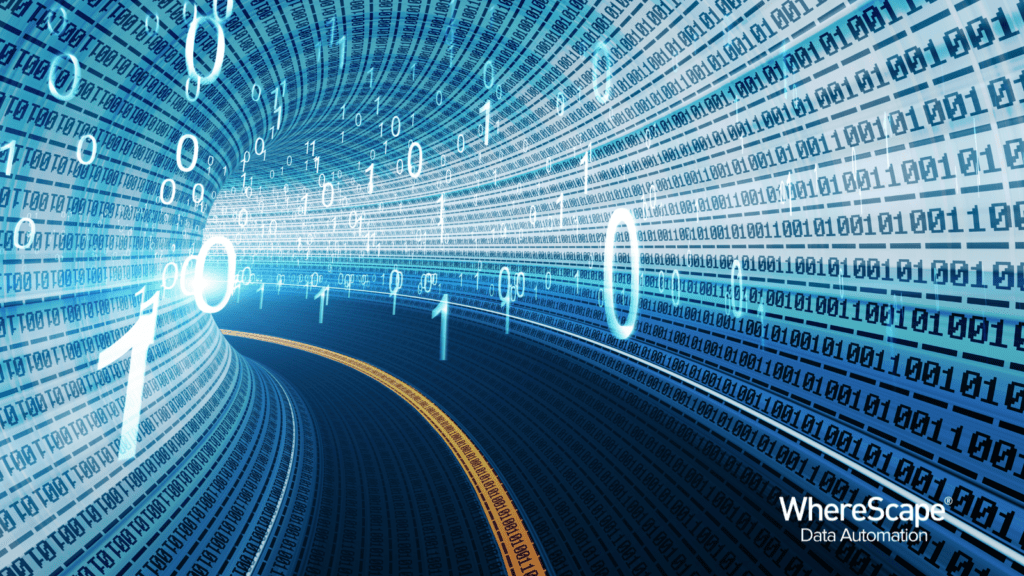
3. Low-Code and No-Code Data Automation Solutions
As data tools become more complex, low-code and no-code platforms are transforming data automation, empowering those without extensive technical expertise to contribute meaningfully. Forrester Research predicts that by 2025, low-code will be responsible for 75% of application development. These platforms foster collaboration between IT and business teams, making it easier to build automated workflows tailored to specific organizational needs .
WhereScape’s low-code solutions make it easy for business analysts and data professionals alike to automate data warehouse tasks without intensive coding, creating efficiencies across the organization and reducing reliance on specialized skills.
4. Data Mesh: Decentralized Data Architecture
A new data architecture is emerging—Data Mesh. Instead of treating data as a monolithic structure managed by a centralized team, the Data Mesh model distributes data ownership across different business domains. This trend promotes faster, more localized data insights, driving agility and autonomy within organizations. ZDNet notes that many leading organizations are exploring Data Mesh to create self-sufficient data domains with minimal dependencies.
WhereScape is uniquely designed to support Data Mesh architecture by automating data pipeline creation, allowing domain-specific teams to independently design, build, and maintain their own data products without extensive hand coding.
5. DataOps Gains Traction as a Key to Data Quality and Collaboration
The emergence of DataOps is revolutionizing how data teams collaborate, delivering enhanced efficiency, quality, and consistency across data pipelines. Inspired by the principles of DevOps, DataOps integrates automation, agile workflows, and continuous integration/continuous delivery (CI/CD) to streamline data management processes. By adopting these methodologies, organizations can address bottlenecks, reduce errors, and respond faster to business demands. Gartner research indicates that companies implementing DataOps experience significant gains, including a 20-30% boost in analytics team productivity, highlighting its potential as a game-changer for data-driven operations
WhereScape’s DataOps-ready solutions enable data professionals to manage, optimize, and troubleshoot data pipelines more efficiently. In 2025, DataOps will help organizations eliminate bottlenecks in data flow, creating smoother and more dependable data automation.

6. Data Governance as a Driver for Compliance and Security
With expanding data privacy laws like GDPR, CCPA, and China’s PIPL, data governance has never been more critical. Automation solutions that embed data governance ensure compliance, making regulatory adherence easier and minimizing the risk of costly penalties. WhereScape offers a toolkit of data governance features that secure data and maintain compliance, such as Role-Based Access Control, ensuring that only authorized users can modify or access sensitive data. Additionally, users can visualize data lineage across systems and transformations with WhereScape’s built-in data lineage and version control.
Preparing for the Future with WhereScape
As 2025 unfolds, these trends will continue to shape data automation strategies worldwide. Businesses ready to adapt to these shifts will benefit from increased efficiency, innovation, and competitive advantage. WhereScape is proud to be part of this journey, empowering organizations to capitalize on data automation trends, unlock value, and lead in their industries.
Are you ready to transform your data automation strategy in 2025? With WhereScape’s innovative solutions, your data capabilities are set to grow along with the trends shaping the future. Schedule some time with us to see how.
Sources:
- Gartner CIO Survey, 2024.
- Real-Time Data Streaming Platforms, ZDNet, 2024.
- Forrester Research on Low-Code Development, 2024.
- ZDNet on Data Mesh Trends, 2024.
- McKinsey on DataOps Productivity, 2023.
ETL vs ELT: What are the Differences?
In working with hundreds of data teams through WhereScape’s automation platform, we’ve seen this debate evolve as businesses modernize their infrastructure. Each method, ETL vs ELT, offers a unique pathway for transferring raw data into a warehouse, where it can be...
Dimensional Modeling for Machine Learning
Kimball’s dimensional modeling continues to play a critical role in machine learning and data science outcomes, as outlined in the Kimball Group’s 10 Essential Rules of Dimensional Modeling, a framework still widely applied in modern data workflows. In a recent...
Automating Data Vault in Databricks | WhereScape Recap
Automating Data Vault in Databricks can reduce time-to-value by up to 70%—and that’s why we hosted a recent WhereScape webinar to show exactly how. At WhereScape, modern data teams shouldn't have to choose between agility and governance. That's why we hosted a live...
WhereScape Recap: Highlights From Big Data & AI World London 2025
Big Data & AI World London 2025 brought together thousands of data and AI professionals at ExCeL London—and WhereScape was right in the middle of the action. With automation taking center stage across the industry, it was no surprise that our booth and sessions...
Why WhereScape is the Leading Solution for Healthcare Data Automation
Optimizing Healthcare Data Management with Automation Healthcare organizations manage vast amounts of medical data across EHR systems, billing platforms, clinical research, and operational analytics. However, healthcare data integration remains a challenge due to...
WhereScape Q&A: Your Top Questions Answered on Data Vault and Databricks
During our latest WhereScape webinar, attendees had fantastic questions about Data Vault 2.0, Databricks, and metadata automation. We’ve compiled the best questions and answers to help you understand how WhereScape streamlines data modeling, automation, and...
What is Data Fabric? A Smarter Way for Data Management
As of 2023, the global data fabric market was valued at $2.29 billion and is projected to grow to $12.91 billion by 2032, reflecting the critical role and rapid adoption of data fabric solutions in modern data management. The integration of data fabric solutions...
Want Better AI Data Management? Data Automation is the Answer
Understanding the AI Landscape Imagine losing 6% of your annual revenue—simply due to poor data quality. A recent survey found that underperforming AI models, built using low-quality or inaccurate data, cost companies an average of $406 million annually. Artificial...
RED 10: The ‘Git Friendly’ Revolution for CI/CD in Data Warehousing
For years, WhereScape RED has been the engine that powers rapidly built and high performance data warehouses. And while RED 10 has quietly empowered organizations since its launch in 2023, our latest 10.4 release is a game changer. We have dubbed this landmark update...
The Assembly Line for Your Data: How Automation Transforms Data Projects
Imagine an old-fashioned assembly line. Workers pass components down the line, each adding their own piece. It’s repetitive, prone to errors, and can grind to a halt if one person falls behind. Now, picture the modern version—robots assembling products with speed,...
Related Content
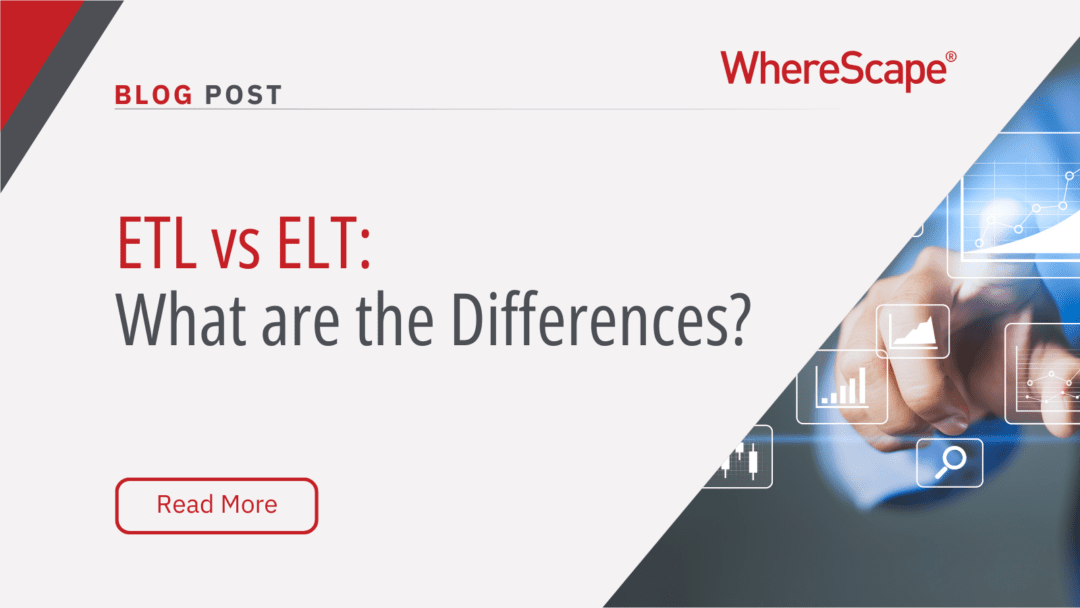
ETL vs ELT: What are the Differences?
In working with hundreds of data teams through WhereScape’s automation platform, we’ve seen this debate evolve as businesses modernize their infrastructure. Each method, ETL vs ELT, offers a unique pathway for transferring raw data into a warehouse, where it can be...
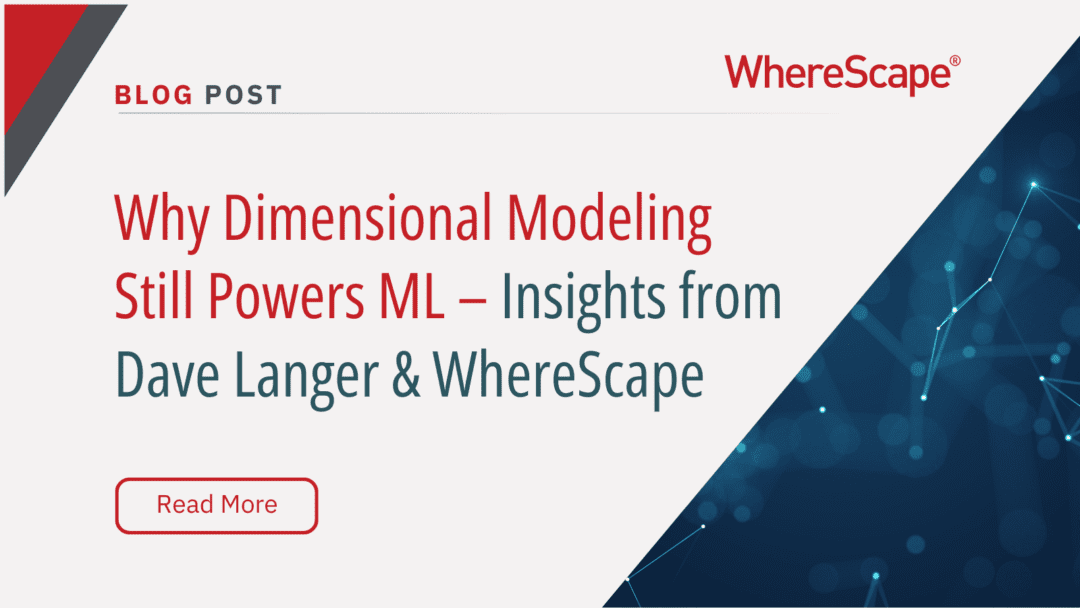
Dimensional Modeling for Machine Learning
Kimball’s dimensional modeling continues to play a critical role in machine learning and data science outcomes, as outlined in the Kimball Group’s 10 Essential Rules of Dimensional Modeling, a framework still widely applied in modern data workflows. In a recent...

Automating Data Vault in Databricks | WhereScape Recap
Automating Data Vault in Databricks can reduce time-to-value by up to 70%—and that’s why we hosted a recent WhereScape webinar to show exactly how. At WhereScape, modern data teams shouldn't have to choose between agility and governance. That's why we hosted a live...
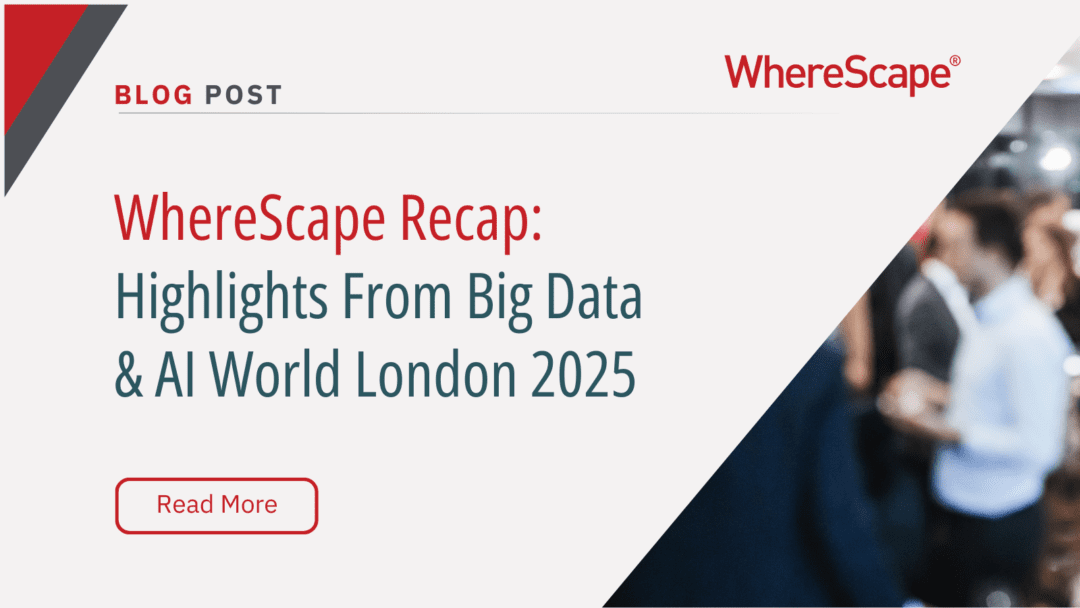
WhereScape Recap: Highlights From Big Data & AI World London 2025
Big Data & AI World London 2025 brought together thousands of data and AI professionals at ExCeL London—and WhereScape was right in the middle of the action. With automation taking center stage across the industry, it was no surprise that our booth and sessions...

